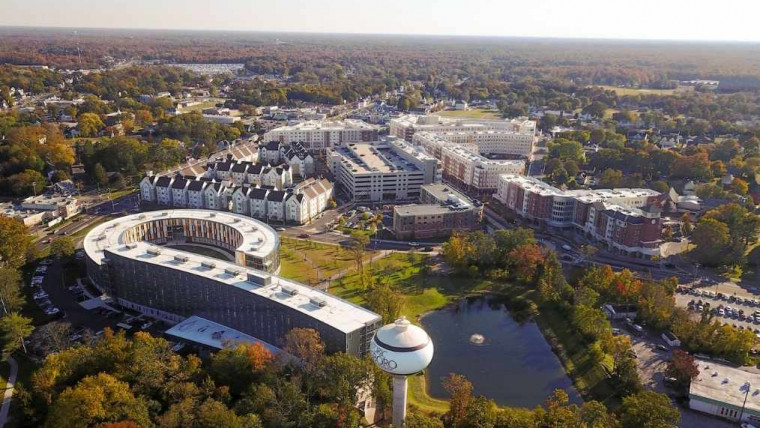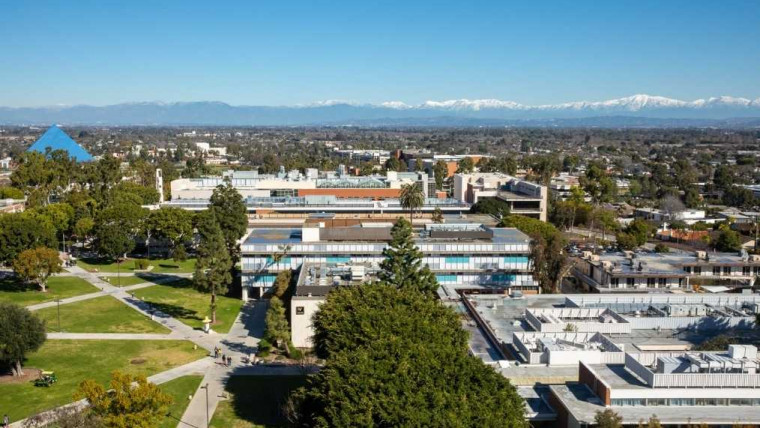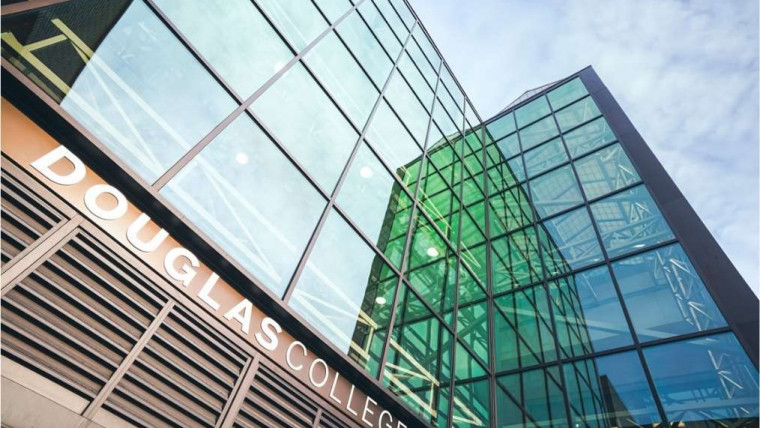Applying to university can be an overwhelming process, especially when it feels like your entire future depends on this one decision. With 5,918 universities, colleges, and vocational schools in the U.S., choosing the right university as an international student can be challenging. As an international student, this adds another layer of complexity as you adjust to a new education system.
Our guide will help you narrow down your options and find the best choice for your goals.

Let’s get started! We have ranked them in order of importance.
1. Find the Right Program
Selecting a program is the first and most important step when choosing a university. Why? Because this is the subject you’ll study in depth for 2 to 7 years, depending on your degree. Your program will prepare you for your future career, so making the right choice is crucial.
If you already know your desired field of study, focus on universities that specialize in that program. However, if you’re still uncertain about your career path, consider a larger university with diverse colleges and specializations. This will allow you to explore different fields before committing to a specific major.
What to Consider:
- Does the university offer specializations or concentrations within my desired major?
- Is there research programs or hands-on learning experiences available in my field?
- Does the program structure covers topics that match my career interests?
2. Tuition Cost & Scholarships
As an international student, you won’t have access to federal or state financial aid like U.S. citizens, making university costs a key deciding factor. It’s essential to choose a university that fits your budget, considering both tuition fees and living expenses.
However, many U.S. universities offer scholarships for international students. The availability and amount depend on the institution, program, and scholarship type. Scholarships may be merit-based, need-based, athletic, or department-specific (e.g., Business, STEM).
To explore scholarship opportunities, speak with a UniApplyNow counselor to find universities that support international students financially.
What to Consider:
- What are the university’s tuition fees and additional costs?
- Are scholarships available, and what types are offered?
- Does the university offer work-study programs or on-campus job opportunities?
3. Campus Location & City
The location of a university will impact your academic experience, job opportunities, and social life. Each state and region in the U.S. offer a unique environment, from rural towns with close-knit communities to large metropolitan cities with diverse experiences.
If you prefer a tight-knit environment, a smaller university in a rural area may be ideal. However, if you’re looking for Greek life, networking events, and a lively student atmosphere, a larger university in a big city might be a better fit.
What to Consider:
- What is the cost of living in the city?
- Will I experience rural life or city life?
- Are there job opportunities for my career in the area?
4. CPT & OPT Opportunities
As an international student with an F-1 visa, it’s important to understand work limitations when selecting a university. For most institutions, F-1 students can only work part-time on-campus during their first academic year.
After completing the first year, students may work off-campus through Curricular Practical Training (CPT) or Optional Practical Training (OPT). However, working off-campus without university authorization can result in visa termination.
Even if you don’t plan to work, it is wise to know your CPT and OPT options at the university.
What to Consider:
- What OPT and CPT opportunities does the university offer?
- Does the university provide career support for securing CPT and OPT positions?
- What are the eligibility requirements and application processes for CPT and OPT?
5. Student Life
The student life culture at a university shapes your overall experience. When you’re not studying in the library, you may want to join clubs, student organizations, or volunteer programs. These extracurricular activities not only help you meet new people but also enhance your resume.
Additionally, consider if the campus offers gym facilities, sports teams, job fairs, or Greek life to get the full American university experience. Engaging in campus life can make your time at university more enriching and memorable.
What to Consider:
- What clubs, organizations, and student groups are available?
- Does the campus offer gyms, sports teams, or outdoor recreational spaces?
- Are there festivals, social events, and networking opportunities to connect with other students?
6. University Rankings
University rankings should be a priority amongst other factors. We placed this second to last on our list because many international students return home after earning their degrees. Whether for immigration reasons or to continue their careers in their home country.
However, for students seeking careers in the U.S., a university’s ranking and reputation can impact employability. Higher-ranked universities often have stronger industry connections which means better job placement opportunities.
What to Consider:
- Is my specific program recognized at the university?
- Is the university nationally or globally recognized?
- What is the university’s research ranking?
7. Post-Graduation Work & Industry Connections
We’ve mentioned this throughout the blog, but it deserves its own section. The goal of attending university is to ensure a strong return on investment (ROI). Ideally, the cost of earning your degree should pay off sooner rather than later.
Aside from asking about CPT and OPT options, research the university’s career services. Resume workshops, career fairs, and industry networking events can make a huge difference. Some universities also offer guidance on securing H-1B visas, helping students transition from OPT to long-term employment in the U.S.
What to Consider:
- Does the university host career fairs?
- Is there a strong alumni network?
- Does the university provide guidance on H-1B visas?

Conclusion
Feeling overwhelmed? You don’t have to be. Choosing the right university as an international student becomes easier with practical steps and a clear criteria. After considering these factors, allow your instincts to make the final choice.
Need Help with University Admission? UniApplyNow assists students in finding the right university programs, visa support, and admission guidance for studying in Canada and the U.S.
Explore your options today with UniApplyNow and take the next step toward a successful future!
Want to read more? Complete Guide to CPT: Working in the U.S.







